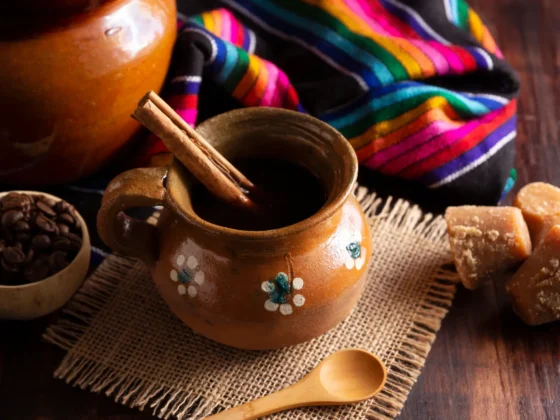The coffee mug bowl, a unique vessel that seamlessly blends tradition with contemporary aesthetics, has long been a cherished part of global coffee culture. Throughout history, various cultures, from the bustling streets of Paris to the tranquil tea houses of Asia, have embraced the art of sipping their brews from a bowl. This comprehensive guide will take you on a journey through the rich history of these beloved vessels.
From its deep-rooted origins in French culture to its widespread modern adoption in cafes and popular culture, the act of enjoying coffee in a bowl has evolved into a cherished ritual for many. As we navigate through the various facets of its existence, we’ll uncover the science behind its design, the art of crafting the perfect coffee bowl experience at home, and its prominent place in global coffee culture. Join us on this exploration, as we uncover the stories, techniques, and allure of the coffee bowl.
Coffee Bowl: Key Takeaway
- Historical Significance: The coffee bowl has deep-rooted origins in French culture, dating back to the 16th century, and has evolved to become a global phenomenon with various cultural adaptations.
- Modern Applications: The use of coffee bowls extends beyond tradition and has been adopted by contemporary cafes and restaurants. It’s also increasingly featured in pop culture, reinforcing its enduring relevance.
- Scientific Impact: The shape of a coffee bowl affects various sensory experiences, including taste and aroma. Thermal dynamics also play a role in how the beverage is best enjoyed.
- Material Matters: The type of material used for the coffee bowl—whether ceramic, porcelain, or glass—has implications on durability, heat retention, and even the flavor profile of the coffee.
What is a Coffee Bowl?
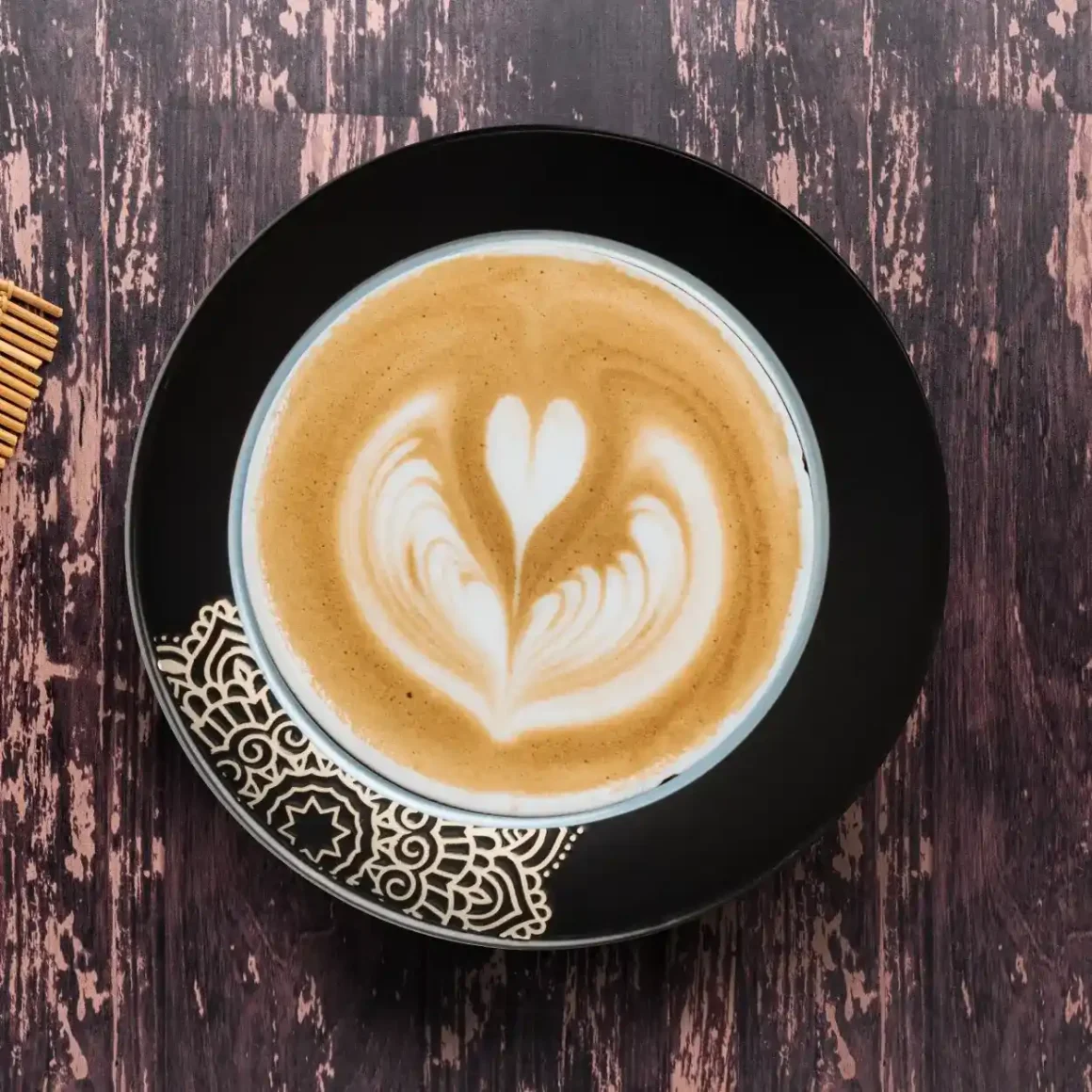
A coffee bowl is a specific type of vessel used primarily in France for drinking your morning coffee, which typically consists of hot milk blended with espresso. This unique way of enjoying coffee in a bowl not only adds a touch of French elegance but also serves a practical purpose: it allows ample room for dipping pastries like croissants or baguettes. Acquired usually around the age of 6 or 7, these bowls often become lifelong companions, cherished even if they show signs of wear over the years. (1)
The Historical Roots of Coffee Bowls
Coffee bowls, integral to various cultures for hundreds of years, play a significant role in how we view and consume our favorite caffeinated beverages. These containers, deeply embedded in societies’ historical and social fabric, tell a fascinating tale of tradition, design, and symbolism.
The Origins in French Culture

When we delve into the rich tapestry of coffee culture, the French coffee bowl prominently stands out. Its history in France dates back to the 16th century.
- Introduction of Coffee: In 1644, Pierre de la Roque, a respected medical practitioner, journeyed back to Marseilles armed with not just coffee beans but also several unique brewing containers. This marked a pivotal moment in introducing the coffee cup bowl to French culture. (2)
- Artistic Evidence: Artistic depictions from the 1600s further reinforce this narrative. They often showcase sets that contain an ‘ibrik’ (a traditional Turkish pot) paired with these bowls.
- Enduring Preference: Despite the advent of handle-fitted cups around 1760 in Europe, designed to ward off the discomfort of heat, the French continued their cherished tradition of using bowls for café au lait, a delightful combination of coffee and milk.
In essence, while the world was evolving with new designs and containers for coffee, the French coffee bowl remained a symbolic and preferred choice for many in France.
Coffee Bowls vs. Coffee Cups: Differences in Design

Understanding the design differences between coffee bowls and coffee cups provides insight into their unique purposes and cultural significance.
- Handleless Design: One of the primary distinctions is the absence of a handle on traditional coffee bowls, inspired by Chinese and Turkish customs of drinking beverages from handleless vessels.
- Size & Depth: Coffee bowls, especially those used for café au lait, are typically broader and more shallow than coffee cups. This design facilitates the easy mixing of coffee and milk and allows for the indulgence of dipping pastries.
- Artistic Variations: The bowls of the 1920s to ’40s, predominantly from French ceramics, showcased a spectrum of colors and designs. These ranged from the bold patterns influenced by Art Deco to the intricate motifs of transferware. Additionally, some bowls were made from self-colored clay, offering a vibrant, unglazed hue.
To sum it up, while coffee cups and bowls serve the same primary function, their design nuances reflect deeper cultural and practical considerations.
Symbolism and Social Role in Ancient Times
The use of coffee bowls was not just about functionality; it was deeply symbolic and played a crucial role in social settings of yesteryears.
- Communal Experience: The act of cradling a handleless bowl with both hands often fostered a sense of community and shared experience, distinct from the individualistic nature of holding a cup with a singular handle.
- Status and Tradition: Owning a beautifully designed bowl, especially in the context of French society, was often a status symbol. It signified not just one’s taste but also adherence to tradition and cultural norms.
- Craftsmanship and Art: The detailed designs and craftsmanship that went into creating these bowls reflected the artistic endeavors of the time. They were not merely containers but pieces of art that told tales of eras gone by.
In retrospect, these coffee bowls were not mere utensils but pivotal social instruments, weaving tales of camaraderie, status, and artistry in ancient societies.
Modern Adoption and Usage of Coffee Bowls
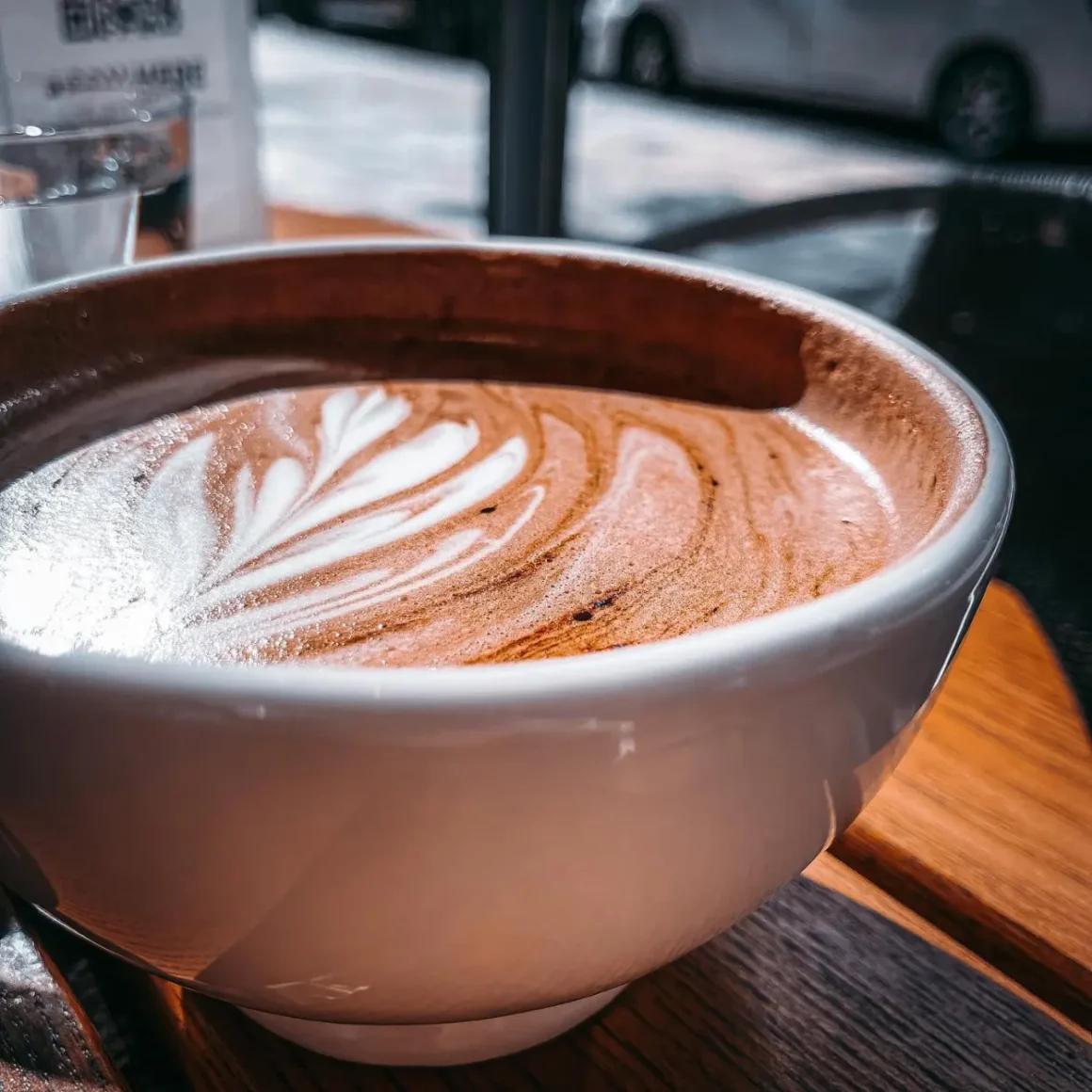
While coffee bowls have a long-standing history, their prominence in today’s modern world has seen a renewed interest. Whether it’s in the hospitality sector, pop culture, or the realms of design and aesthetics, the coffee bowl is witnessing a fascinating resurgence.
How Cafés and Restaurants are Embracing the Trend
The modern café and restaurant scene is increasingly welcoming the age-old tradition of serving coffee in bowls.
- Instagrammable Moments: One of the driving factors is the “Instagrammable” quality that a beautifully designed coffee bowl adds to the dining experience. Cafés use this as a marketing strategy, inviting patrons to snap and share their culinary adventures online.
- Cultural Fusion: Many establishments are blending tradition with modernity by serving ethnic coffee varieties like Turkish or Ethiopian coffee in a bowl coffee mug, offering an authentic yet contemporary experience.
- Consumer Preferences: A growing segment of consumers is attracted to the sustainability and artisanal qualities that these bowls often embody, leading restaurants to incorporate them into their branding strategies.
The adaptation by cafés and restaurants shows that what was once old is new again, as coffee bowls find their place in modern gastronomic ventures.
Coffee Bowls in Pop Culture
The impact of coffee bowls goes beyond mere consumption; they have made notable appearances in popular culture as well.
- Television and Films: Characters in some popular TV shows and movies are seen savoring their coffee from bowls, subtly introducing audiences to this distinctive style.
- Celebrity Endorsements: Some public figures have openly endorsed the use of coffee bowls, contributing to their burgeoning popularity.
- Lifestyle Blogs and Magazines: These unique containers frequently feature in lifestyle publications, often in ‘must-have’ lists for home décor or kitchenware.
The integration of coffee bowls into pop culture attests to their widespread appeal, making them more than just a fleeting trend.
Design and Aesthetics: From Rustic to Contemporary
When it comes to design, the coffee bowl has undergone a considerable transformation.
- Material Evolution: While traditional bowls were mainly ceramic, today’s versions come in a range of materials, including glass and stainless steel, catering to a wider audience.
- Design Innovation: Contemporary designs see a departure from merely functional forms to works of art. They now feature minimalist lines, intricate patterns, and even digital prints.
- Personalization: With the advent of customization, you can now have your coffee bowl tailored to your aesthetic preferences, whether engraved initials or bespoke designs.
In essence, the design trajectory of the coffee bowl has been remarkable, transitioning from rustic simplicity to modern-day artistry, making it a versatile and cherished item in our daily lives.
The Science Behind Coffee Bowls
While coffee bowls might seem like a simple choice for savoring your morning brew, there’s more to them than meets the eye. A myriad of scientific factors come into play when you decide to enjoy your coffee in a bowl, affecting everything from the aroma and taste to the way your brain perceives the experience.
How Bowl Shape Affects Taste and Aroma

The configuration of the bowl plays an integral role in influencing the sensory experience of your coffee.
- Wide Mouth: A coffee bowl typically has a broader mouth, which allows for the dispersion of aromatic compounds. As you lean in for a sip, this aroma interacts with your olfactory senses, enhancing the perception of flavors.
- Surface Area: The increased surface area also affects the oxidation rate of the coffee, subtly altering its flavor profile over time.
- Depth and Slope: The bowl’s slope and depth influence how the coffee flows into your mouth, impacting the areas of the tongue that come into contact with the beverage, thus affecting taste.
All these factors make it clear that the shape of a coffee bowl offers a distinct and enriched tasting experience, one that you might not get with a traditional coffee mug.
Thermal Dynamics and Heat Retention
Another pivotal consideration is how well the bowl retains heat compared to a conventional coffee mug.
- Material: Coffee bowls are usually made from materials with good thermal properties, like ceramic, aiding in consistent heat retention.
- Volume: The generally larger volume of a coffee mug bowl means a larger surface area is exposed to air, affecting how quickly the coffee cools down.
- User Interaction: Holding the bowl with both hands often promotes heat transfer from the bowl to the hands, thereby altering the coffee’s temperature somewhat.
Understanding these thermal dynamics can help you appreciate why your coffee may taste different when consumed from a bowl.
The Psychological Impact of Sipping from a Bowl
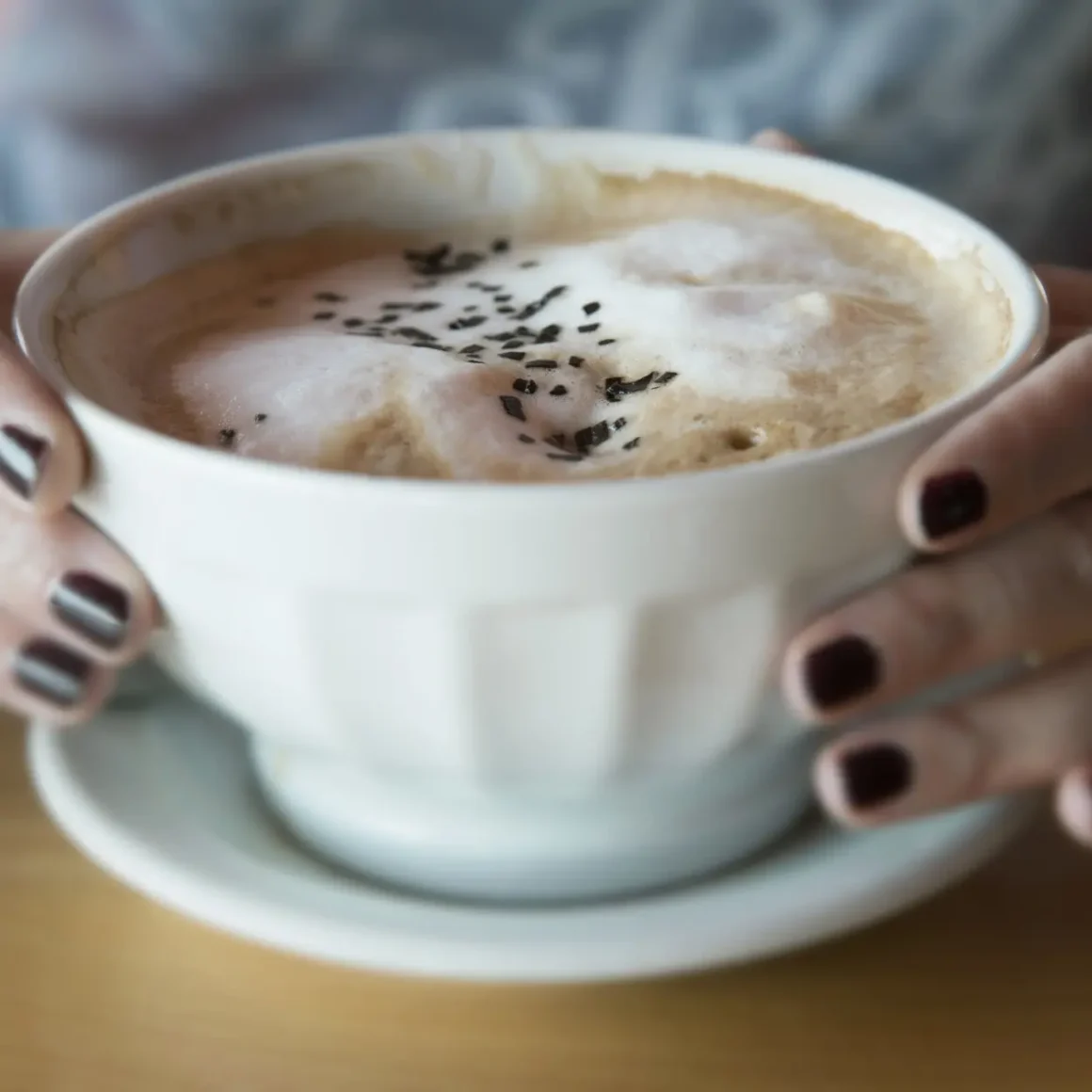
The choice to sip your coffee from a bowl rather than a mug also has psychological implications.
- Nostalgia and Comfort: The tactile sensation of cradling a bowl can evoke feelings of comfort and nostalgia, reminiscent perhaps of sipping hot beverages as a child.
- Mindfulness: The larger surface area and the necessity to use both hands can make the process more mindful, inviting you to fully engage with the act of drinking your coffee in a bowl.
- Visual Satisfaction: The aesthetic appeal of coffee bowls, whether rustic or modern, contributes to a sense of overall satisfaction, elevating the mere act of drinking coffee to a more enriching experience.
From its physical shape to the psychological cues it provides, a coffee bowl offers a multi-layered, sensory experience that goes beyond the basic utility of containing your morning brew.
Around the World with Coffee Bowls
The coffee bowl is not limited to French culture; it has variants that are cherished and utilized across diverse cultures globally. Let’s embark on a journey to explore how different regions have embraced the concept, adding their own unique twists and traditions to the use of bowls for coffee.
Asian Variants: The Chawan and Beyond

In Asia, the concept of drinking from a bowl is deeply rooted in the culture, although not exclusively for coffee.
- Chawan: In Japan, the ‘chawan’ serves as the traditional vessel for preparing and drinking tea, particularly during the tea ceremony. It is generally deeper and wider than a standard teacup. (3)
- Korea’s Sabal: Similarly, Korea has its version of tea bowls, often used in traditional tea ceremonies.
- China’s Bowl-shaped Cups: China also has a long-standing tradition of using bowl-shaped cups for tea, which sometimes find their way into the coffee culture of the younger generation.
While these Asian variants are traditionally associated with tea, it’s not uncommon to find them repurposed for coffee, especially in urban settings, as global coffee culture permeates the East.
Coffee Bowls in Latin America
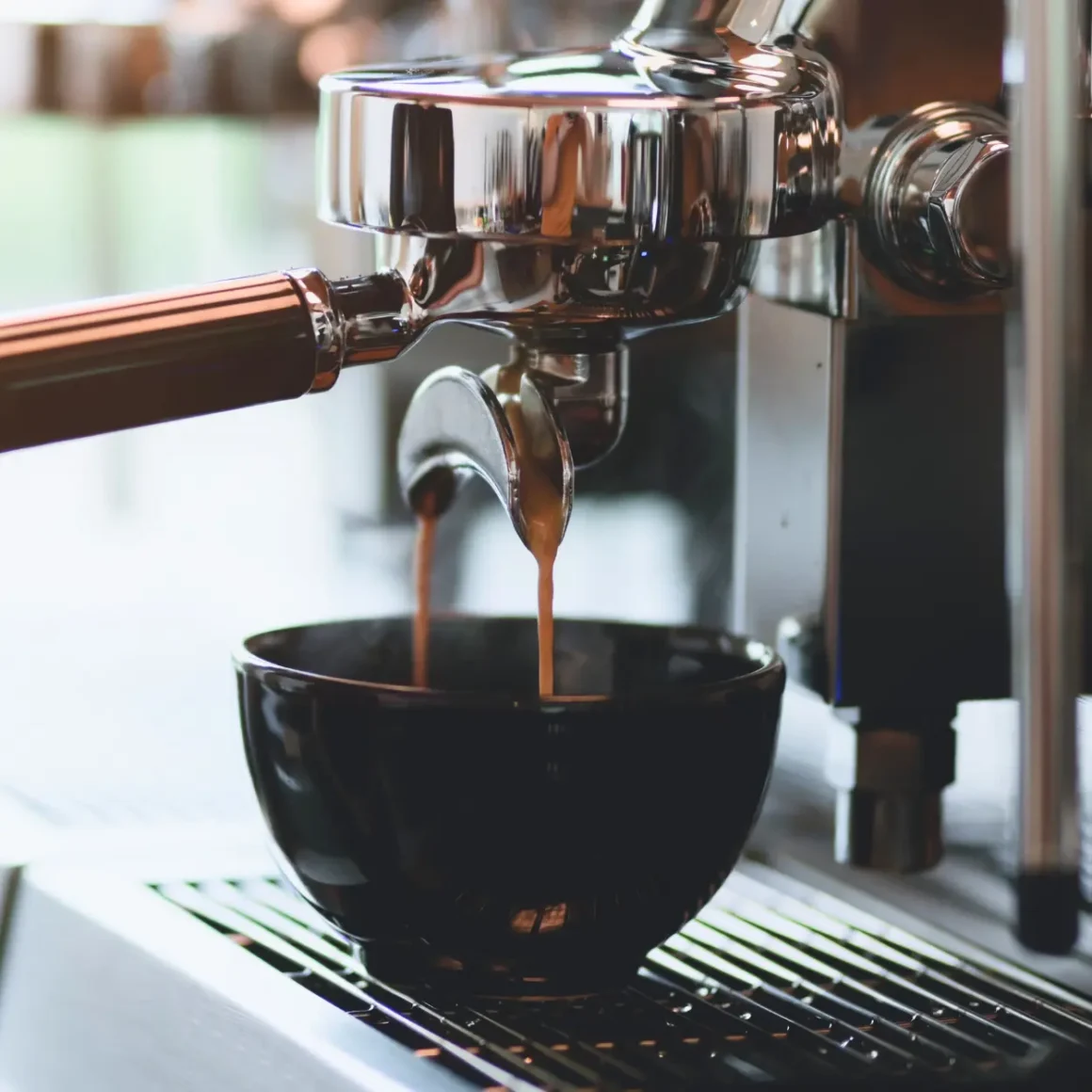
In Latin America, the usage of bowls for coffee isn’t widespread, but the notion isn’t entirely foreign either.
- Guatemalan Coffee Bowls: In some parts of Guatemala, it’s common to find handmade bowl-shaped ceramic cups.
- Cultural Fusion: More urbanized areas are seeing a blend of traditional and modern influences, where international coffee culture has inspired the use of bowls for coffee.
While not as prevalent as in other regions, Latin America does showcase its own unique variations of coffee bowls, blending local traditions and materials with emerging global coffee culture.
European Adoption and its Unique Twists
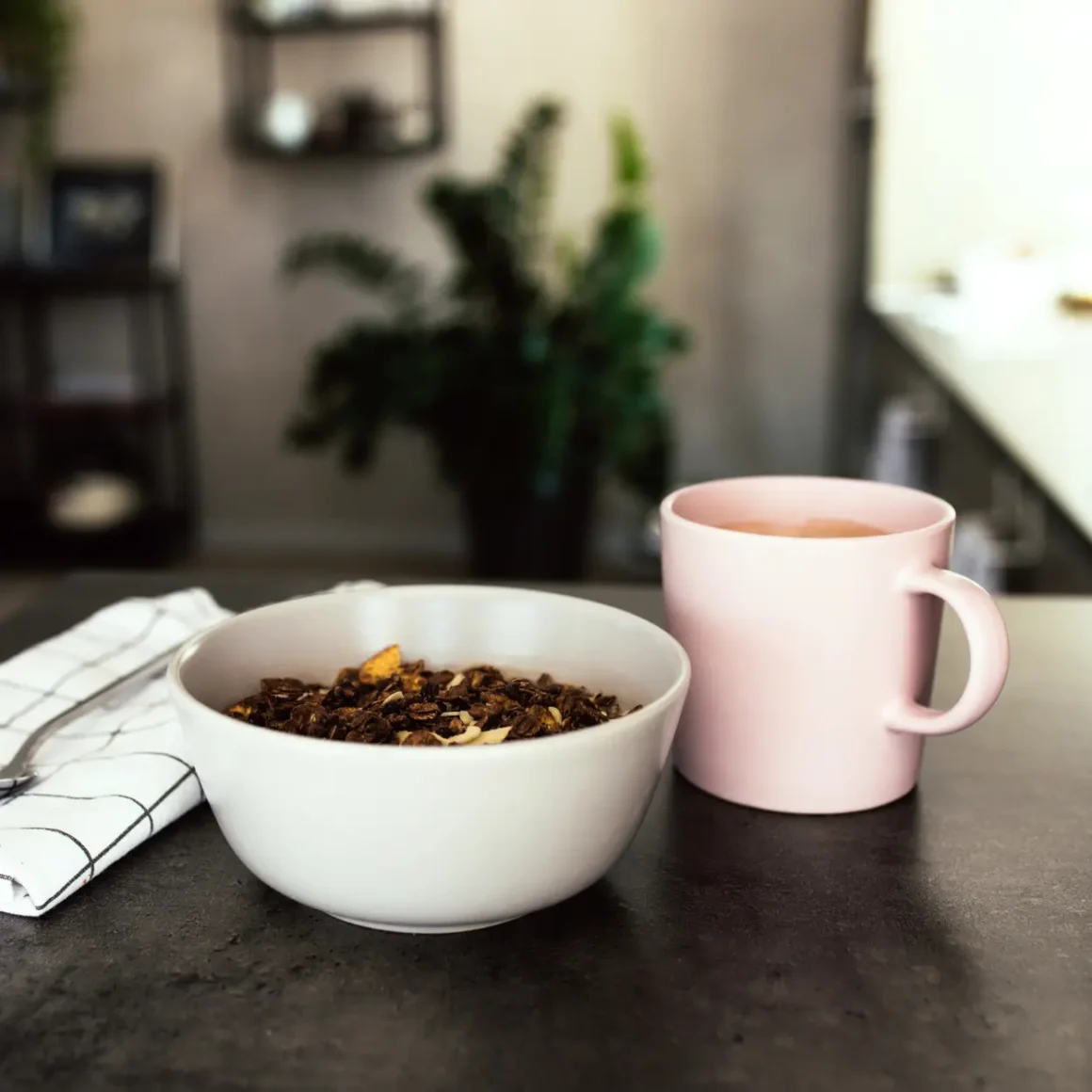
- Pillivuyt 13-Ounce Traditional European Coffee Bowl, White
- White Porcelain Traditional European Coffee Bowl, 13-ounce
While the French may be renowned for their café au lait served in a coffee bowl, other European countries have also dabbled in this unique way of consuming coffee.
- Italian Variants: In Italy, some specialty cafes are exploring the use of bowls for specific types of coffee blends, aiming to maximize aroma and taste.
- Versatile roles in Denmark: Within the confines of Denmark, these items transcend their morning brew purpose. They find their place amidst breakfast spreads, treat containers, for dressings, fresh salads, and hearty soups. In dining presentations, they coexist with exquisite French pottery, adding a touch of charm and individuality. They also serve as aesthetic pieces, standing proudly alone or embracing fragile blooms. In Danish residences, the dominant shades are green, blue, and yellow.
- Eastern Europe: In some Eastern European nations, the coffee bowl is seen as a novelty and sometimes employed in themed cafes to offer customers a different coffee-drinking experience.
Coffee bowls have a global presence, taking on various forms and functions depending on regional traditions and modern adaptations. Whether it’s the Asian chawan or the French café au lait bowl, the concept resonates with coffee lovers worldwide, each culture adding its unique flavor to this humble yet versatile vessel.
Crafting the Perfect Coffee Bowl Experience at Home
To elevate your morning routine or social coffee sessions, understanding how to craft the perfect coffee bowl experience at home is key. From selecting the right material to the optimal brewing techniques, and even food pairings, let’s dive deep into how to make each sip a memorable one.
Choosing the Right Material: Ceramic vs. Porcelain vs. Glass
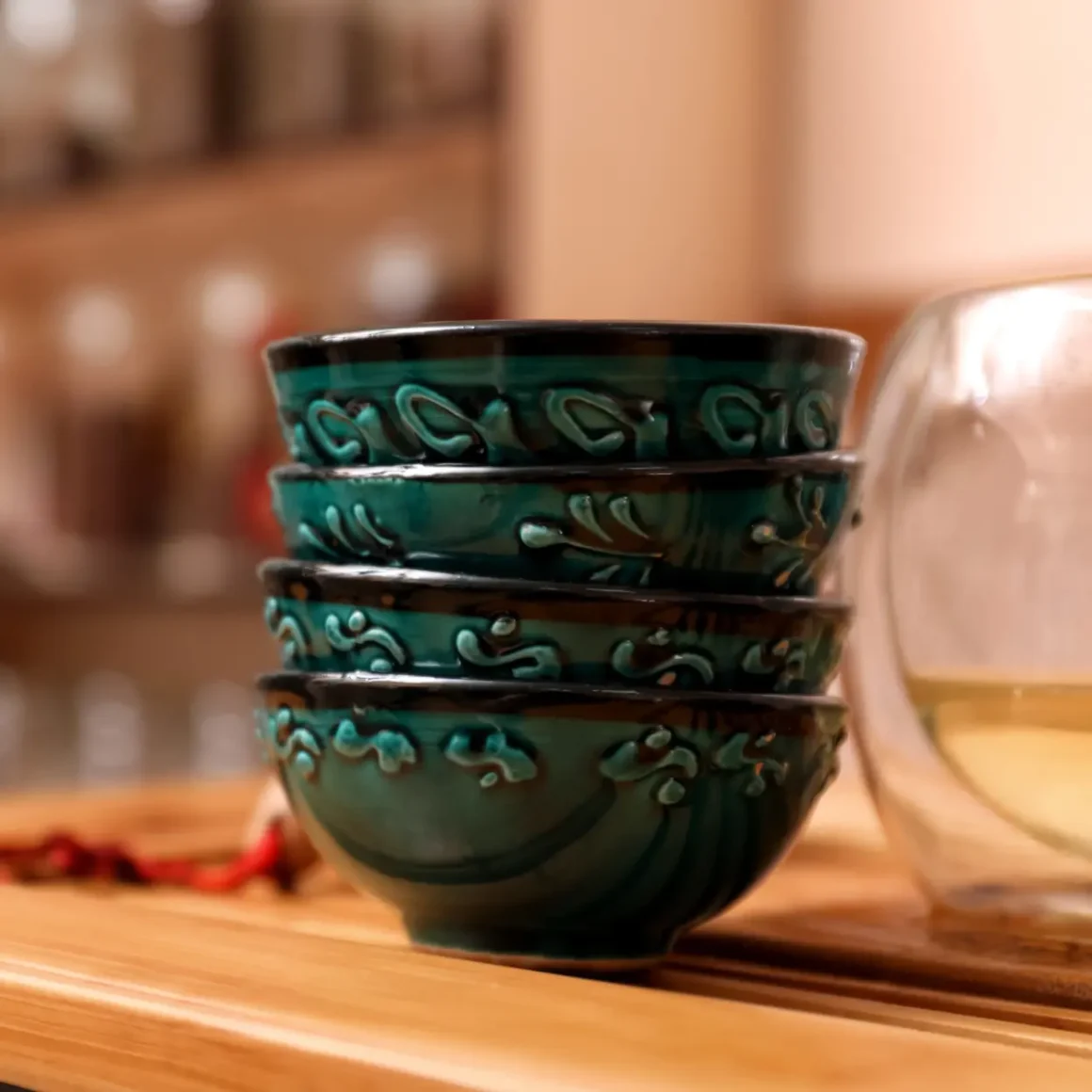
When it comes to choosing the right material for your coffee mug bowl, the options usually boil down to ceramic, porcelain, and glass. Each material has its unique properties:
- Ceramic: These bowls offer a classic, rustic feel and excellent heat retention. They come in various designs but may not be as durable as porcelain.
- Porcelain: If longevity is on your list, a porcelain bowl might be your go-to. While they offer a similar aesthetic to ceramic, they tend to be more robust and have a slightly better heat retention capacity.
- Glass: These bowls provide a modern, transparent aesthetic, allowing you to see your coffee. However, they may not retain heat as well as ceramic or porcelain.
When selecting your ideal material, consider not just durability but also the ambiance you wish to create. A high-quality porcelain bowl could offer a mix of both aesthetics and functionality.
Brewing Techniques for the Optimal Bowl Experience

The way you brew your coffee significantly impacts the overall bowl-coffee mug experience. A few popular methods include:
- French Press: Ideal for those who enjoy a strong and flavorful cup. A French press allows for a full-bodied taste that pairs well with the traditional bowl shape.
- Pour-Over: For a cleaner, smoother coffee, the pour-over technique can be effective. The slow pour allows a nuanced flavor profile to develop, which can be savored even more in a larger bowl.
- Espresso Machine: For a quicker but richer experience, an espresso shot mixed with hot milk fills the bowl with a café au lait vibe.
Decide on a method that complements your personal taste and the capacity of your chosen bowl, which should ideally hold between 13 and 15 ounces for the best experience.
Pairing Coffee Bowls with Food: From Croissants to Tapas

Your coffee bowl experience is never complete without the right food pairings. Here are some ideal matches:
- Croissants: A classic French pastry that you can easily dip into your coffee bowl, enriching each sip with buttery goodness.
- Fruit: A lighter alternative, slices of apple or banana offer a contrasting sweetness to your brew.
- Tapas: For an evening coffee session, consider pairing with small savory dishes, transforming your coffee time into a culinary adventure.
Remember, the goal is to complement the rich flavors of your coffee, whether that be with a classic morning pastry or a variety of evening snacks.
Each of these elements contributes to crafting the perfect coffee bowl experience at home. Whether you’re a lone sipper or enjoy sharing a hot brew with loved ones, these tips ensure that each moment is savored to its fullest.
Conclusion
In this exploration, we’ve traversed the captivating history, cultural significance, and scientific nuances of using a bowl for your favorite morning brew. Starting from its humble origins in French culture, the coffee bowl has evolved into a versatile vessel embraced by cafes, lauded in popular culture, and admired for its design and aesthetics. The coffee mug bowl also has subtle scientific advantages—such as impacting taste and aroma—that enrich our experience beyond the mere consumption of coffee in a bowl.
Whether you choose ceramic, porcelain, or glass, the perfect bowl enhances not just your coffee, but also the very act of living. It’s a celebration of tradition and modernity, taste and aroma, aesthetics and function. With endless variations from around the globe and a multitude of pairings—from the classic French croissant to Spanish tapas—the coffee bowl enriches our daily rituals and global connections. As we’ve discovered, the beauty of this experience lies not just in the coffee itself, but in how the bowl elevates each sip into a cherished moment of mindfulness. Thank you for joining us on this journey through the multifaceted world of coffee bowls.
FAQ
How do coffee bowls enhance the sensory experience of drinking coffee?
The wider shape of coffee bowls allows for a better release of aroma and offers an enhanced surface area that influences the coffee's taste and mouthfeel.
Are coffee bowls practical for everyday use?
Yes, coffee bowls are practical for everyday use as they offer versatility in serving sizes and are often more ergonomic for two-handed sipping.
Which countries have their own unique versions of the coffee bowl?
Countries like Japan with the Chawan, and various nations in Latin America and Europe, have their own culturally distinct versions of the coffee bowl.
What type of coffee blend pairs best with a bowl?
The choice of coffee blend is subjective but medium or dark roasts are often preferred for their robust flavors that stand up well to the larger surface area of the bowl.










